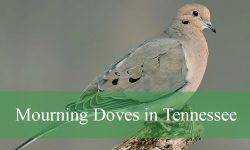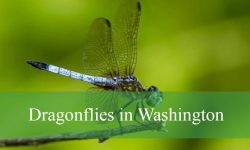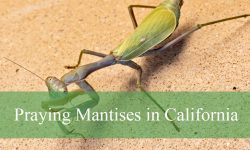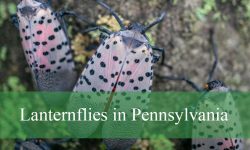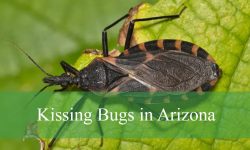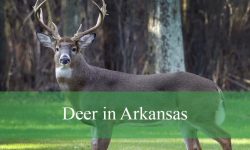Raccoons in Pennsylvania are among the most adaptable and fascinating mammals in the state. Known for their distinctive black facial mask and ringed tail, these creatures have successfully adjusted to both wild forests and bustling urban areas. Their intelligence, resourcefulness, and nocturnal habits make them both intriguing and occasionally troublesome for humans. Understanding raccoons’ habitats, behaviors, and interactions with their environment is essential for both wildlife enthusiasts and residents.
Raccoons in Pennsylvania are highly versatile, thriving in a range of ecosystems from dense forests and river valleys to suburban neighborhoods. Their adaptability allows them to exploit various food sources, which has led to increasing encounters in cities and towns. Despite their prevalence, raccoons remain secretive, primarily active at night and difficult to observe during the day. Studying their habits and natural behavior provides valuable insight into their role in Pennsylvania’s ecosystems.
These animals are not only common but also serve an important ecological function. By feeding on insects, fruits, small animals, and even human waste, raccoons help control insect populations and disperse seeds. However, their interactions with humans can sometimes lead to property damage or spread of diseases. Knowledge of their habitats and behavior can reduce conflict and promote coexistence between raccoons and people in Pennsylvania.
Raccoon Identification in Pennsylvania
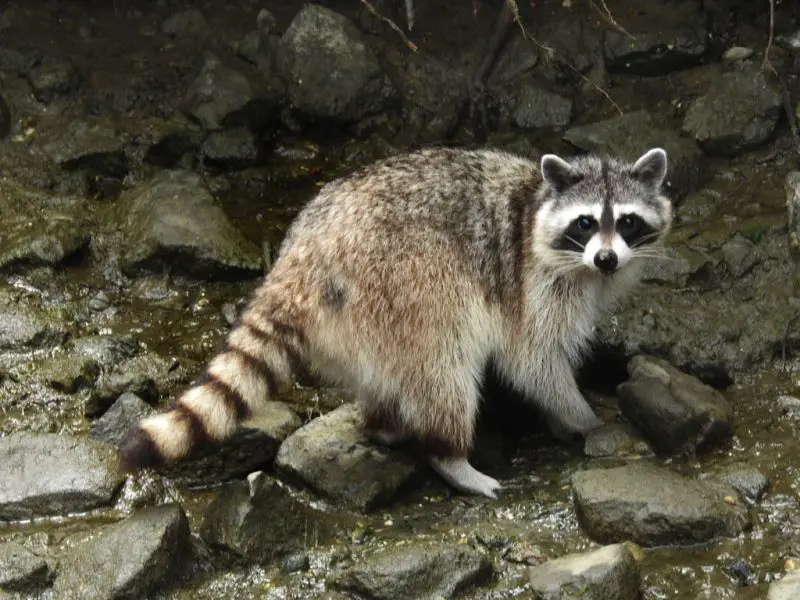
The common raccoon in Pennsylvania is a medium-sized mammal with a sturdy build. Adults typically weigh between ten and thirty pounds, with body lengths ranging from sixteen to twenty-eight inches, excluding the tail. The fur is usually grayish-brown, but variations exist depending on age, region, and seasonal factors. The most recognizable feature is the black mask across the eyes, which contrasts with the lighter fur on the face. Their bushy tails are marked with alternating rings of light and dark fur, serving both as camouflage and a balance aid while climbing.
Raccoons in urban and rural settings may exhibit slight differences in size and appearance. Urban raccoons often appear smaller due to limited space and competition, while rural raccoons tend to be larger and more robust, benefiting from abundant natural food sources. Juveniles have softer, fluffier coats and less pronounced markings, but they quickly develop the adult features within their first year. Pennsylvania residents may also notice color variations influenced by genetic diversity and environmental conditions.
Beyond physical characteristics, raccoons possess dexterous front paws capable of manipulating objects and opening containers. Their acute sense of touch and intelligence allow them to explore complex environments efficiently. Observing raccoons closely reveals a level of problem-solving skill that is uncommon among similar-sized mammals, contributing to their success in diverse habitats across Pennsylvania.
Habitats of Raccoons in Pennsylvania
Raccoons in Pennsylvania occupy a wide variety of habitats, reflecting their adaptability. The state’s forests, wetlands, rivers, and urban areas provide ample resources for feeding, denning, and rearing young. Forested areas, especially those near streams or ponds, are preferred by raccoons in rural regions. These environments provide dense cover, abundant water, and a steady supply of natural food such as fruits, nuts, insects, and small vertebrates.
Wetlands and river valleys are particularly favorable habitats. The proximity to water bodies not only ensures hydration but also supports populations of crayfish, frogs, and fish, which raccoons readily consume. Riparian zones often offer hollow trees or burrows for denning, providing protection from predators and harsh weather. In Pennsylvania, raccoons in these areas tend to be more secretive and less accustomed to human activity compared to their urban counterparts.
Urban and suburban environments have become increasingly important for raccoons in Pennsylvania. Cities and towns provide abundant food sources from garbage, pet food, gardens, and compost bins. Raccoons are capable climbers and can access attics, chimneys, and abandoned buildings for shelter. In suburban areas, they often inhabit wooded lots or greenbelts that connect fragmented forests, allowing them to travel safely between feeding and nesting sites. Despite living near humans, these raccoons maintain nocturnal habits, emerging mainly at night to forage.
Behavior and Daily Life
Raccoons in Pennsylvania are primarily nocturnal, with peak activity occurring between dusk and dawn. Their behavior revolves around feeding, mating, and caring for young. Foraging is highly strategic; raccoons use their keen sense of touch and intelligence to manipulate food items and access hidden resources. They are omnivorous and opportunistic feeders, consuming fruits, nuts, insects, small mammals, amphibians, eggs, and even human-provided food. Seasonal changes influence their diet, with more plant matter in late summer and fall, and higher reliance on animal protein in spring and early summer.
Communication among raccoons is complex. They use vocalizations, body language, and scent marking to convey messages. Chittering, growling, and hissing are common sounds used to signal danger, establish dominance, or interact with young. Scent glands located on their feet and near the anal region allow them to mark territories and identify one another. These behaviors play a critical role in maintaining social structure and avoiding unnecessary conflicts, particularly in areas where raccoon densities are high.
Raccoons are solitary by nature, except during mating season or when females are raising offspring. Mothers are attentive, often moving their kits between dens to avoid predators. Young raccoons stay with their mother for several months, gradually learning to forage and navigate complex environments. By autumn, juveniles begin to disperse, establishing their own territories for winter and the following spring.
Seasonal Behavior and Reproduction
Raccoons in Pennsylvania exhibit seasonal patterns influenced by climate and food availability. Breeding season typically occurs from late winter to early spring. During this period, males may travel long distances to find mates, while females prepare dens for the arrival of kits. Gestation lasts approximately sixty-three days, with litters usually ranging from two to five young. The survival of kits depends on food availability, shelter, and the mother’s care.
Winter presents unique challenges for raccoons in Pennsylvania. While they do not hibernate, raccoons enter periods of torpor during extremely cold weather. They reduce activity and remain in dens for several days at a time, conserving energy. In rural areas, dens in hollow trees, logs, or burrows offer insulation and safety. Urban raccoons may use attics, abandoned buildings, or dense brush to shelter from harsh conditions. Food scarcity during winter often drives raccoons to scavenge human refuse more frequently.
Interaction with Humans
Raccoons in Pennsylvania have adapted remarkably well to human presence. In urban and suburban areas, they exploit food resources provided intentionally or inadvertently. This close proximity can lead to conflicts, such as raiding garbage cans, damaging property, or spreading parasites and diseases. Rabies and raccoon roundworm are concerns for humans and pets, making awareness and caution essential when encountering raccoons.
Despite these challenges, raccoons are generally not aggressive toward humans. They prefer avoidance and will retreat when threatened. Non-lethal management strategies, such as securing garbage, removing food sources, and sealing entry points to attics or sheds, are effective in minimizing conflicts. Public education on raccoon behavior and ecology helps residents coexist with these animals safely while appreciating their role in local ecosystems.
Best Times and Places to Observe Raccoons
The best time to observe raccoons in Pennsylvania is at night, particularly between dusk and midnight, when they are most active. Early morning hours just before sunrise can also provide opportunities, but sightings are less frequent. Spring and summer months offer more consistent activity, as raccoons forage extensively to feed growing kits. In contrast, winter raccoons may remain in dens for extended periods, making observations more difficult.
Ideal locations for watching raccoons include forests near streams or ponds, wetlands, and riparian zones along rivers. In suburban areas, greenbelts, parks, and wooded lots provide excellent observation points without disturbing the animals. Observers should maintain a safe distance and use a flashlight or night-vision equipment to minimize disruption. Avoid approaching dens or attempting to feed raccoons, as this can lead to unsafe interactions and stress the animals.
Raccoons in urban neighborhoods can also be observed, particularly near secure garbage bins, compost areas, and attics. However, care must be taken to avoid direct contact, and observation should focus on watching behavior rather than interacting. Documenting movements and foraging habits helps enthusiasts learn more about raccoon ecology while maintaining safety for both humans and animals.
Ecological Importance
Raccoons in Pennsylvania play a significant role in ecosystems. As omnivores, they help control insect populations, disperse seeds, and maintain balance among prey species. Their foraging activities can influence plant growth and composition, particularly in forested and riparian areas. By scavenging, raccoons also contribute to nutrient recycling, breaking down organic matter and supporting soil health.
Predators of raccoons, including bobcats, coyotes, and large birds of prey, benefit from their presence as a food source. Raccoons’ adaptability allows them to persist even in fragmented habitats, demonstrating resilience in the face of environmental changes. Studying raccoons provides valuable insight into ecosystem dynamics, wildlife behavior, and human-wildlife interactions.
Conclusion
Raccoons in Pennsylvania are highly adaptable mammals, thriving in diverse habitats ranging from deep forests and wetlands to urban neighborhoods. Their intelligence, dexterous paws, and nocturnal habits make them successful in finding food and shelter. While interactions with humans can sometimes lead to conflicts, raccoons play an essential ecological role, contributing to insect control, seed dispersal, and nutrient cycling.
Understanding raccoon behavior, habitats, and seasonal patterns is vital for both wildlife enthusiasts and residents. Observing them responsibly, especially during the evening and nighttime in forests, wetlands, or suburban greenbelts, allows people to appreciate their unique characteristics while minimizing risks. Pennsylvania’s raccoons exemplify adaptability and resilience, demonstrating how wildlife can coexist with humans when their ecological needs are respected.
Frequently Asked Questions About Raccoons in Pennsylvania
What species of raccoons live in Pennsylvania
The only species of raccoon in Pennsylvania is the Common Raccoon (Procyon lotor). While they appear in a variety of sizes, colors, and behaviors depending on habitat, all raccoons in the state belong to this single species.
Are raccoons dangerous to humans in Pennsylvania
Raccoons are generally not aggressive toward humans, but they can carry diseases such as rabies and raccoon roundworm. It is important to avoid direct contact and not feed raccoons to reduce risks of disease transmission.
When is the best time to observe raccoons in Pennsylvania
The best time to observe raccoons is at night, between dusk and midnight, when they are most active. Early morning hours may also provide occasional sightings, especially in spring and summer when raccoons forage more actively to feed their young.
Where can raccoons commonly be found in Pennsylvania
Raccoons can be found in forests, wetlands, rivers, and suburban neighborhoods. In rural areas, they prefer dense woods and water sources. Urban and suburban raccoons often inhabit greenbelts, parks, and attics or abandoned buildings.
How do urban raccoons differ from rural raccoons
Urban raccoons are often smaller and bolder, relying on human food sources such as garbage or pet food. Rural raccoons tend to be larger and more cautious, feeding primarily on natural foods like fruits, nuts, insects, and small animals.
What do raccoons eat in Pennsylvania
Raccoons are omnivorous and opportunistic feeders. Their diet includes fruits, nuts, insects, small mammals, amphibians, eggs, and human food when available. Seasonal variations affect their diet, with more plant matter in late summer and fall and higher animal protein intake in spring.
How do raccoons reproduce in Pennsylvania
Breeding occurs from late winter to early spring. Females give birth after a gestation of approximately 63 days, typically producing two to five kits. The mother raises her young alone, moving them between dens to ensure safety from predators.
Are raccoons active in winter
Raccoons do not hibernate but enter periods of torpor during extremely cold weather. They remain in dens for several days, conserving energy. Winter activity is limited, especially in rural areas, while urban raccoons may venture out more frequently in search of food.
How can humans safely observe raccoons
Observing raccoons safely requires maintaining distance and avoiding direct contact. Using a flashlight or night-vision equipment allows for nighttime viewing without disturbing their natural behavior. Observers should never approach dens or attempt to feed raccoons.
Why are raccoons important to Pennsylvania ecosystems
Raccoons play a key ecological role by controlling insect populations, dispersing seeds, scavenging organic matter, and serving as prey for predators like bobcats, coyotes, and large birds of prey. Their presence contributes to healthy and balanced ecosystems.

